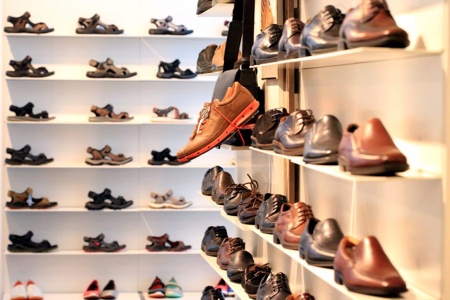
According to the study conducted by Confesercenti, since 2011, the amount spent by the average household has fallen to 2,530 euros a year, impacting sales in a significant way, with 32,000 stores closing as a result. Spending by consumer s is responsible for 60% of the added value. If they stop, then also the GDP stops: in 2019, it will barely manage to maintain the same levels as 2011, which are well under the pre-crisis levels, for around 70 billion euros.
s is responsible for 60% of the added value. If they stop, then also the GDP stops: in 2019, it will barely manage to maintain the same levels as 2011, which are well under the pre-crisis levels, for around 70 billion euros.
Among the sectors hardest hit by the drop-off in purchases are those of clothing and footwear, which have decreased by -17.5% over the last eight years, for a loss of 8 billion euros. Together, the two fashion segments account for a 4.4% share of all consumer purchases, which is less than a third of the 13.6% share recorded in 1992, which previously placed us on the same level as Japan, at the top of the worldwide classification for spending.
Part of this process is due to cultural reasons: today, the status symbol is less represented by clothing or a pair of shoes, and more associated with owning the latest smartphone. Moreover, e-commerce is increasingly a widespread phenomenon (the report estimates that for every three specialised stores that close, a new online business is activated on the web).
This is why Confesercenti warns: “The time has now arrived for creating specific measures in support of the footwear-apparel industry”.
The business outlook for 2020 will be subject to several unknown factors: an increase in VAT would be damaging, leading to a loss of -8.1 billion in spending by Italian households. The universal basic income could instead lead to an increase in consumption that has been estimated at around 7 billion euros in three years.
However, the factor that Confesercenti believes would be critical in reviving consumer trends is “reducing the cost of labour and increasing salaries”.



